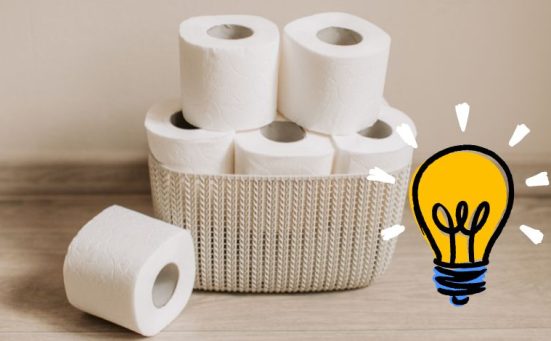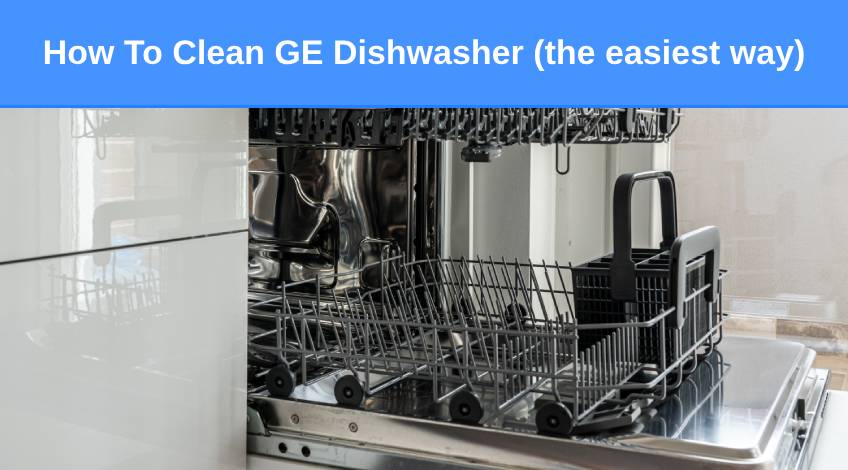
How To Clean GE Dishwasher (the easiest way)
It is important to keep your GE dishwasher clean to prevent bad smells and other issues associated with drainage problems. The reason many people fail to clean their dishwashers is because they are under the misconception that as the dishwasher cleans dishes, it is a self-cleaning appliance.
In this article we highlight the importance of keeping your GE dishwasher clean, how often it should be cleaned, as well as the best way to clean it.
Easy Way To Clean A GE Dishwasher
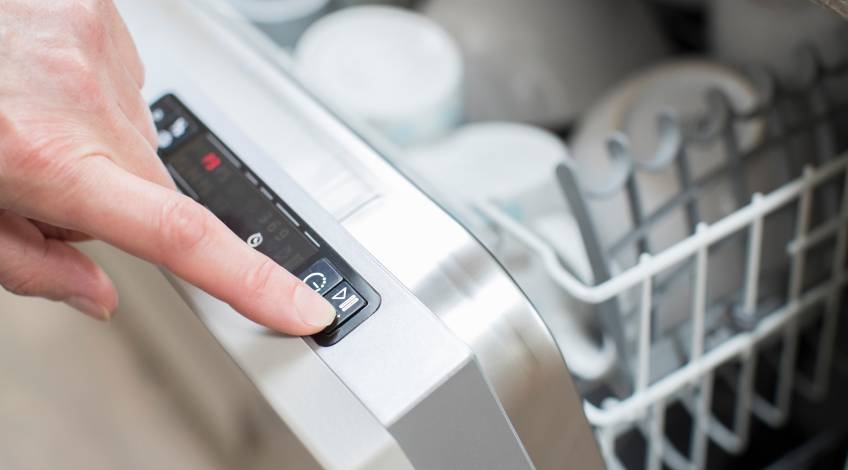
This is a relatively easy task that can be performed by anyone and only takes around 10 to 15 minutes once a month.
Below is a step by step guide on the best way to clean your GE dishwasher. Don’t worry, the steps are easy to understand and even easier to carry out.
Empty The Dishwasher
Before you start cleaning the dishwasher, you need to ensure it is empty. This involves removing any dishes, cups, utensils, pots, etc. This allows you unrestricted access to the interior of the dishwasher.
Remove & Clean The Filter
The filter is designed to trap all food and other particles to prevent them from causing any damage to the dishwasher’s components. If you have never cleaned the filter before, it will probably be quite dirty so be prepared. To clean the filter all you need to do is;
- Ensure The Power Supply Is Turned Off
Disconnect the power supply by unplugging from the wall socket or flicking the circuit breaker to the off position. - Gain Access To The Filter
The filter will be located at the bottom of the tub and you will probably need to remove the lower rack to gain access to the filter. - Remove The Filter
Consult your handbook for precise instructions on how to remove the filter from your GE dishwasher. Some models have a cylinder filter that is removed by twisting then lifting straight out. While others have a flat filter that is just slid out to remove. - Wash The Filter
Once removed, take the filter to the sink and run it under hot running water. Any really stuck on stains can be removed using a soft bristled brush like a toothbrush. Any really stubborn stains can be removed by soaking the filter in a warm soapy water solution or try warm water and white vinegar in a 50/50 solution. - Allow The Filter To Dry
Once clean, place the filter on one side to air dry before refitting it into the dishwasher. - Replace The Filter
Replace the now clean and dry filter back into the dishwasher by reversing the removal process.
Clean The Spray Arms
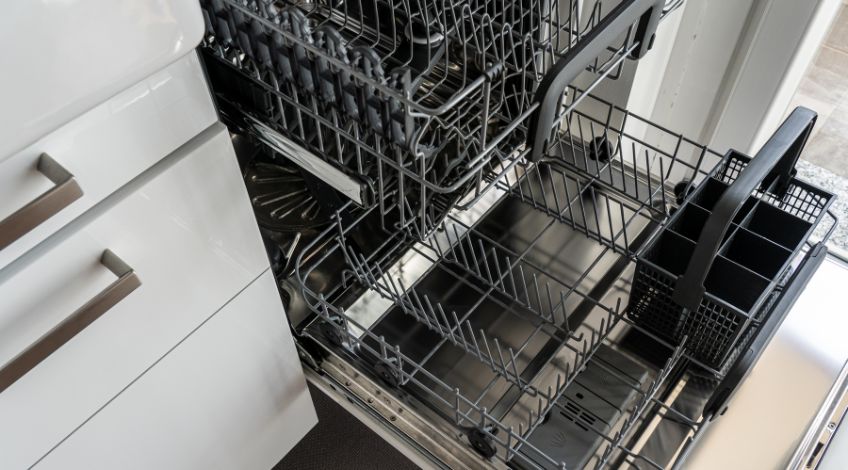
Over time, the spray arms can become coated in grease, food waste and other debris. This can lead to the nozzles becoming clogged which will impede the flow of water onto your dishes and prevent them from cleaning properly.
You will need to remove the spray arms by turning them anti-clockwise which should result in them popping out. If your GE dishwasher is an older model, you may need to remove a screw using a screwdriver to allow the spray arms to lift off.
Once removed, rinse the spray arms under hot running water and use a toothpick or cocktail stick to prise any blockage from the nozzles. Take care to ensure the blockage is forced out of the nozzles and not forced further inside to cause even more problems.
If the staining or clogging is too much for just a hot water wash to clear, soak the spray arms in a 50/50 warm water/white vinegar solution to remove grease, dirt and limescale buildup.
Once clean, replace the spray arms in the reverse of the way you removed them.
Clean The Interior Of The Dishwasher
You should now wipe down the interior of the dishwasher using a soft cloth dipped in a solution of warm water and detergent or white vinegar. You can also get specialised dishwasher cleaners if you prefer but white vinegar is just as effective and less harmful to the environment.
You need to wipe the sides, back and inside door panels as well as the control panel, detergent dispenser and door seal too.
Clean The Exterior Of The Dishwasher
Even though this will not directly affect the running of the dishwasher, whilst you have the cloth and cleaning solution present, you might as well wipe down the exterior as well.
Ensure you clean the display screen and control panel as well as the door and sides of the appliance.
Run A Hot Service Wash
It doesn’t matter how clean you think you have left the dishwasher, there will still be some mould, mildew or bacteria spores present. Plus any limescale that’s been dislodged will need to be flushed away with the waste water.
With the dishwasher still empty and free from dishes etc, use a commercial dishwasher cleaner or place a bowl of white vinegar on the top rack, and run a long, hot wash cycle.
This will remove any residual dirt, bacteria or detergent remnants and ensure that your GE dishwasher is completely clean and germ free.
Some GE dishwashers have a self-cleaning cycle that you can select. If not, just use the hottest, longest wash cycle on your model.
Once the cycle has completed, wipe down the interior of the appliance with a soft cloth and your dishwasher is now ready to be used to clean your dishes once again.
Why Do I Need To Clean My GE Dishwasher?
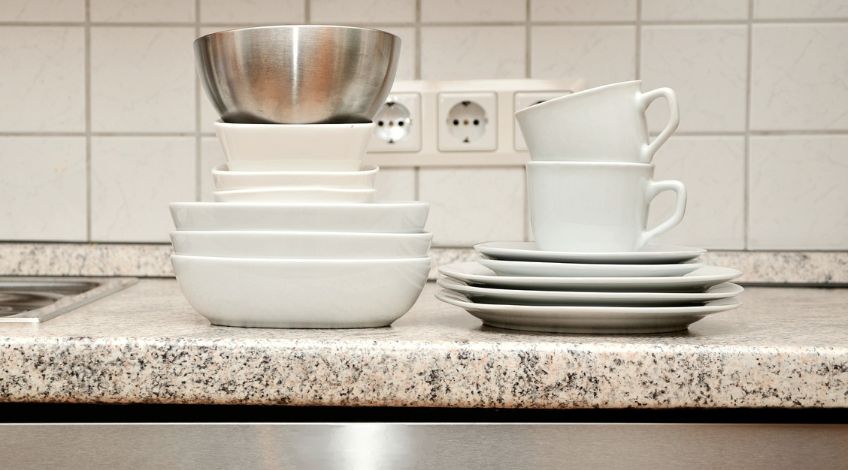
You need to clean your GE dishwasher to prevent the buildup of detergent residue which can lead to mould and mildew to form which will create bad smells and prevent the dishwasher from operating normally.
Also food and other particles will start to build up in the filter which will eventually become clogged and start to smell bad as the food particles rot.
These bad smells can attach themselves to your dishes making your clean dishes not really very clean and smelling bad. When seen in this light, it’s pretty obvious why you need to clean your GE dishwasher.
Let’s take a closer look at the reasons why you should keep on top of cleaning your GE dishwasher. Which include;
Removing Bacteria
You would think that regularly using your dishwasher every day and running it using the hottest wash cycle available, would keep it clean. After all, it washes your dishes clean and uses detergent to remove dirt.
However, mould, mildew and bacteria spores are ever present and will build up in the dishwasher over time. These spores are incredibly resilient and can resist the effects of hot water as well as many cleaning products.
As mould, mildew and bacteria build up, they can eventually prevent the dishwasher from functioning properly and even spread onto the dishes you’re trying to get clean. It is important that you actually clean the interior of the dishwasher to remove or at least reduce the mould, mildew, bacteria and dirt that builds up after every use.
Removing Smells & Odours
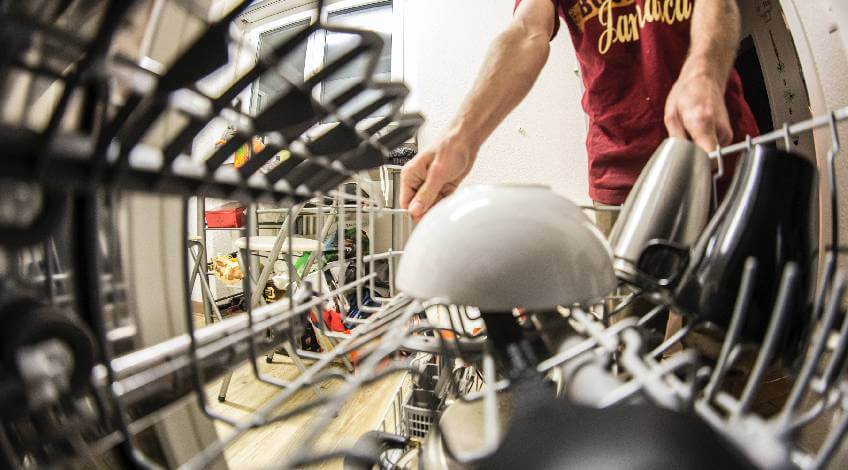
Even if you can’t see the evidence of mould, mildew and bacteria inside the dishwasher, it can still have built up enough to produce bad smells and odours. In fact, foul smells are usually the first indication that high levels of bacteria are present.
Then there’s the filter which is situated at the bottom of the dishwasher and is designed to trap any food particles and other debris to prevent them from clogging up the internal components of the dishwasher.
Those food particles and other forms of debris eventually start to rot down and add to the ever growing unpleasant smells emanating from your dishwasher.
How can you expect your dishes to come out of the dishwasher clean if there is enough bacteria build up to create those foul smells and odours.
Preventing Breakdowns
Because of those food particles and other debris like detergent residue, limescale and random pieces of tissue etc, your dishwasher runs the risk of becoming clogged or blocked. The filter is designed to trap many of these particles, but once the filter becomes clogged, they find their way into the drainage system.
They build up in the drain hose and around the check valve and eventually cause mechanical problems for your dishwasher. Which is why it is important to clean the dishwasher’s interior and filter regularly.
Lengthening The Lifespan Of The Dishwasher
Without regular cleaning, the components on your dishwasher will become coated in food and other waste products. This will mean mechanical parts will need to work harder to do the job they were designed to do.
Extra pressure will be placed on the drain pump and impeller, as well as the check valve and door seal. All of these parts can be replaced, but replacing them costs time as well as money. Which means your dishwasher could be out of action for some time.
Not to mention the potential for leaks if the door seal (or gasket) is compromised or the drain hose cracks due to a blockage. Repairing the problems caused by household floods can be expensive and is never a quick fix either.
Getting Cleaner Dishes
When dirt, bacteria and mould spores are breeding in your dishwasher, they will spread onto your dishes as water moves them around. This means your dishes will not be as clean as they should be.
By regularly cleaning the interior of your dishwasher and filter, you will remove many of these particles. Allowing your GE dishwasher to function as it should and get your dishes clean and dry.
Saving You Money
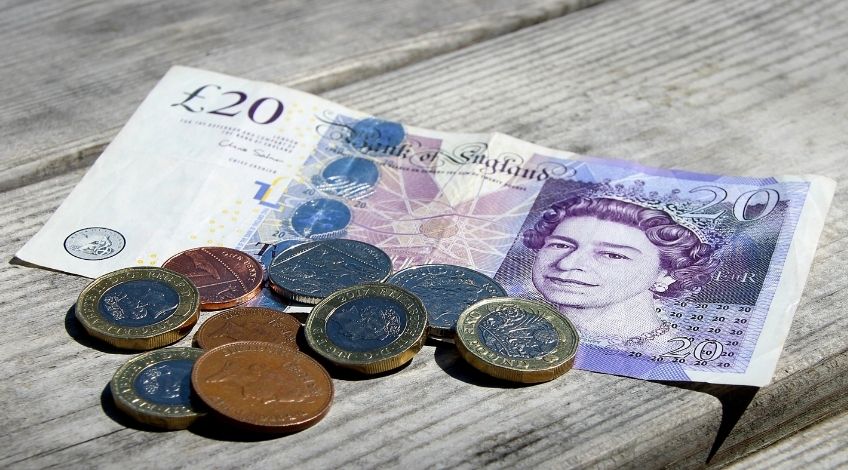
Keeping your dishwasher clean and relatively germ and bacteria free will save you money in the long run. This is because by cleaning the dishwasher, you reduce the risk of it breaking down.
This means fewer repair bills, a longer lifespan and less replacement parts. All of which means that taking the time to keep your dishwasher regularly cleaned will produce many benefits including saving you money.
How Often Should You Clean A GE Dishwasher?
To prevent mould, mildew and bacteria buildups and to keep your dishwasher running efficiently and smelling fresh, it is recommended that you clean your GE dishwasher at least once per month.
If you use your dishwasher daily, the filter should be removed and cleaned every two weeks to keep it germ free.
SEE ALSO: How to Reset a GE Dishwasher (easiest way)
Frequently Asked Questions
The proper way to clean a dishwasher is to; remove and clean the filter, remove and clean the spray arms, wipe down the interior of the dishwasher including the control panel and detergent dispenser, then run a hot service wash using a commercial dishwasher cleaner or a bowl of white vinegar. Once the cycle has completed, wipe down the interior using a soft cloth.
Place a commercial dishwasher cleaner or a bowl of white vinegar on the rack of your dishwasher and select the self-clean cycle. If your appliance doesn’t have a self-clean cycle, select the longest hottest wash cycle. Once the cycle has completed, wipe down the interior using a soft cloth.
If your dishwasher smells, it is most likely caused by a buildup of bacteria. You will need to remove and clean the filter and the spray arms and then run a hot service wash using a commercial dishwasher cleaner or a bowl of white vinegar. Some dishwashers have a self-cleaning cycle for this purpose. If yours doesn’t just select the longest, hottest wash cycle available.
Also, follow us on Pinterest ...


